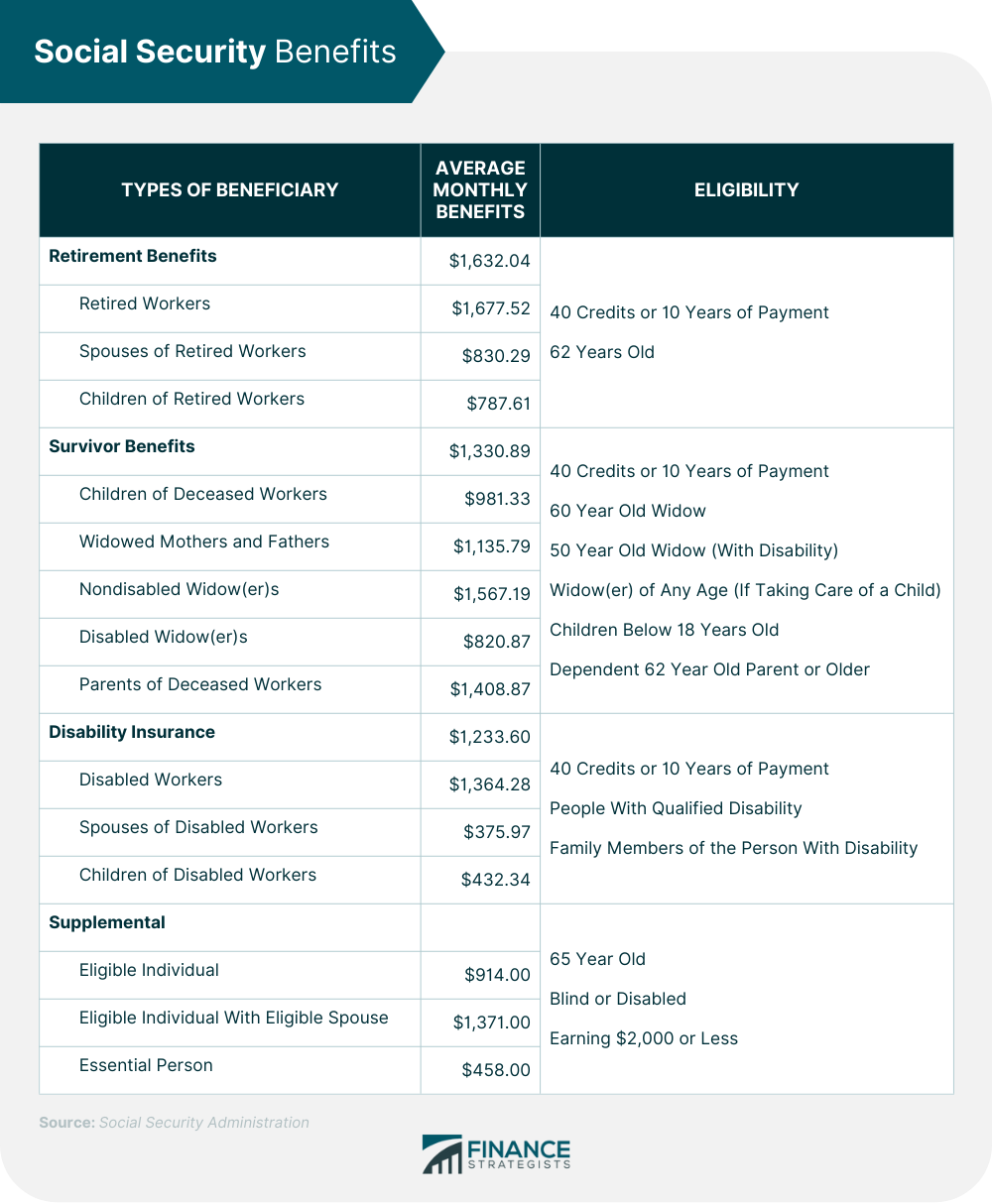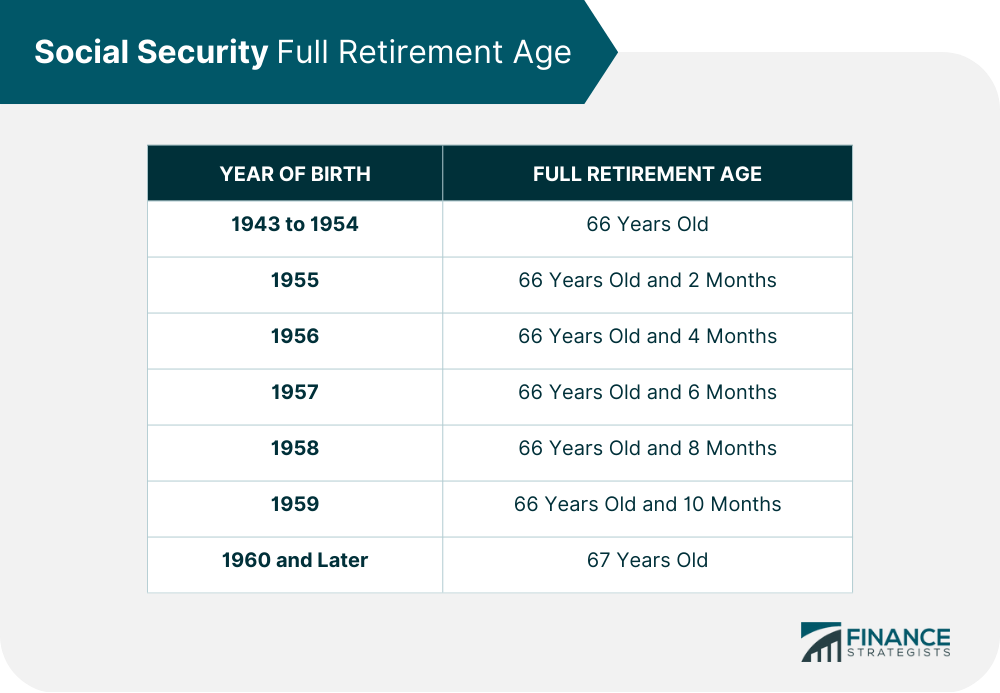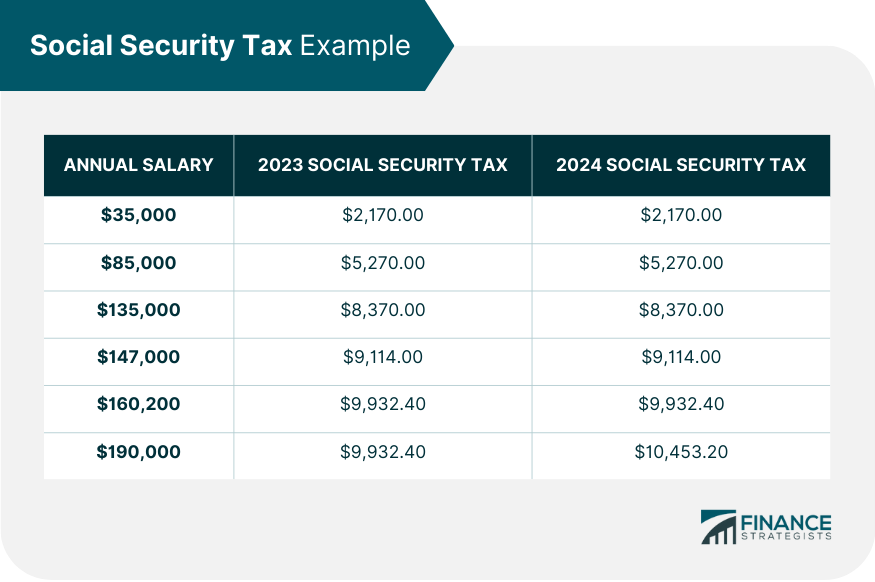Social Security is a government-operated social insurance program that provides financial assistance to retirees, disabled workers, and their families. It also helps eligible survivors of deceased workers and other particular beneficiaries. The official name of Social Security is the Old-Age, Survivors, and Disability Insurance (OASDI) program. It is governed by the Social Security Administration (SSA), which collects payroll taxes from employers and employees to fund the program. The latest statistics show that Social Security is the primary source of income for retired Americans, representing nearly 51.5% of their total income. The total number of Social Security beneficiaries was estimated at 63 million. The Social Security Act was signed into law in 1935 by President Franklin D. Roosevelt as part of the New Deal. After World War I, American society was primarily urban and industrialized. Americans, more than ever, relied on cash wages, and most consumed their entire savings. Much older and nearing old age people were living in poverty. There was a need to establish a federal social insurance system to ensure income security for the elderly. The 1939 amendment also included benefits for surviving spouses and dependents of deceased workers. The 1954 amendment added disability benefits, and the 1956 amendments extended coverage to various types of workers. The Social Security Act has been amended several times to reflect changes in the labor force, social needs, and economic conditions. It is one of the world's most extensive government programs, disbursing hundreds of billions of dollars annually. Social Security works by collecting compulsory worker contributions into a huge pot and paying out benefits to eligible individuals. You must have a Social Security number to work and pay taxes. The SSA uses this number to track your earnings while working and your benefits at the time you apply for benefits. You earn Social Security credits when you work and pay taxes. In 2023, the range is $1,640 to $6,560. Every year, the amount of money required to obtain one credit increases. In 2024, you earn one credit for every $1,730 in earnings, still capped at four credits per year. The taxable maximum for both employees and self-employed individuals will increase in 2024 to $165,200. The tax rate remains unchanged at 6.2% for employees and employers, and 12.4% for self-employed individuals. The money is deposited into two Social Security trust funds, the Old-Age and Survivors Insurance (OASI) Trust Fund for retirees and the Disability Insurance (DI) Trust Fund for disability beneficiaries. Benefits are classified into four categories based on who receives them. There are four benefits: The maximum Social Security benefit you will receive is determined based on your lifetime earnings, a formula set by the SSA, and the age you choose to retire. Your actual earnings are adjusted or indexed to reflect wage adjustments since the time you earned them. Then, your average indexed monthly earnings for the 35 years you earned the most are calculated. As stated, your age when you receive benefits will also affect your monthly payments. Delaying benefits can provide higher payments when you retire. From the latest SSA data, beneficiaries received an average of $1,632.04. There are different average data specific for retired workers, spouses, and children of retired workers from the table on social security benefits. For 2024, the cost-of-living adjustment (COLA) is 5.9%, increasing the average monthly benefit to approximately $1,946. This adjustment will be reflected in payments starting in January 2024. Survivor benefits are paid to the surviving spouse or children of a deceased individual who had been paying into Social Security and is eligible for benefits. In most cases, those eligible to receive survivor benefits will receive around 75% to 100% of the original benefits. From the latest SSA available data, monthly survivor benefits averaged $1,330.89. There are different average data specific for parents and children of deceased workers, widowed mothers, fathers, and widow/ers who are either disabled or not, shown on the social security table below. Disability benefits are provided to individuals who can demonstrate a long-term disability or impairment. These benefits are paid to both workers and their eligible family members. Monthly disability benefits averaged $1,233.60. There are different average data specific for disabled employees and spouses and children of disabled employees. Supplemental Security Income (SSI) benefits are also available for particular individuals with limited income and resources who are disabled, blind, or elderly. SSI benefits are calculated differently than Social Security disability benefits, and payments differ by state. Eligible individuals receive a maximum of $914.00 monthly, while there are different benefits for qualified individuals with eligible spouses and essential persons. To qualify for the program, individuals must meet specific requirements. In general, applicants must have obtained a minimum number of work credits based on their earnings and tax payments and reach a particular age qualification. To become entitled to Social Security retirement benefits, you must have earned at least 40 credits via employment and payment of Social Security taxes. This requirement equates to at least ten years of work; benefits can be taken as early as age 62. Beneficiaries of survivor benefits must satisfy criteria such as widows must be 60 years or older and 50 years or older if the widow has a qualifying disability. They can be any age if they care for a child with a disability or a child under 16. Children can also receive survivor benefits if they are under 18 years old or if they have a disability. Benefits may also be available to 62-year-old parents and older who relied on a departed worker for at least half their income. Disability benefits are available for people who cannot work due to a long-term physical or mental condition that will last for more than a year and is severe enough to affect their ability to work and live independently. Their family members are also eligible for the benefit. People at least 65 years old, blind, or disabled with limited income and resources may also receive Supplemental Security Income benefits. The amount of these benefits varies by state. Individuals who have resources of $2,000 or less are eligible. The work credits requirement varies with the age of disability. The full retirement age (FRA) is when individuals can begin collecting Social Security retirement benefits without penalty. The FRA ranging from 66 to 67 years old varies with birth year. Retirement eligibility starts at 66 years old for those born from 1943 to 1954. The retirement age increases by a few months for each birth year until it reaches 67 for individuals born in 1960 or later. Your benefit amount will increase if you wait until 70 years old before claiming your benefits. Social Security taxes are the lifeblood of the Social Security program. In 2024, the tax rate will remain at 12.4% of earned income and should be shouldered equally by both the employer and the employee. Each pays 6.2% of the employee's wage to the government. Self-employed individuals are accountable for paying both the employee and employer share of the tax and must make sure to remit their payments on time. A wage cap is adjusted annually, and any wages earned above this are exempt from Social Security taxes. The Social Security tax wage cap for 2023 is $160,000, and $168,600 in 2024. For an individual earning $190,000 in wages in the taxable years 2023 and 2024, the following are the taxes due. The below table shows security tax for annual salaries below and above the taxable wage cap. Social Security is a government-operated social insurance program that provides financial assistance to retirees, disabled workers, and their families. It also helps eligible survivors of deceased workers. Social Security is one of the primary sources of income for retirees. In 1935, the Social Security Act became law and created the retirement program to ensure Americans would have a secure and stable income after retiring from the workforce. It has been amended and modified to reflect economic and social changes. The program works by taking taxes from current workers and investing them in providing benefits for those currently receiving Social Security. The amount of money taken in taxes depends on how much an individual earns. Social Security can come from retirement, disability, and survivor benefits. Eligibility requirements vary for each type of benefit. Generally, they include 40 credits or 10 years of work history, the minimum age for survivors, and proof of a qualifying disability. Taxes associated with Social Security are based on wages earned up to the cap limit, adjusted annually. These taxes are the sources of funding for the Social Security program. They typically are shouldered equally by both employers and employees. What Is Social Security?
History of Social Security
How Social Security Works
Types of Social Security Benefits
Retirement Benefits
Survivor Benefits
Disability Benefits
Supplemental Benefits
Social Security Eligibility
Retirement Benefits
Survivor Benefits
Disability Benefits
Supplemental Benefits

Social Security Full Retirement Age

Social Security Taxes

Final Thoughts
Social Security FAQs
The process is simple if you need a new Social Security card. First, fill out an application for a Social Security Card (Form SS-5). You can find this form online at the official Social Security website or pick one up at any local Social Security office. Next, provide proof of your identity and either citizenship or lawful non-citizen status. Finally, submit your completed application and proof of identity to a local Social Security office.
Starting in 1983, Social Security benefits are taxable beyond certain income thresholds. No taxpayer, regardless of income, has the whole amount of their Social Security benefits taxed. The highest category comprises 85% of the full benefit.
Applying for Social Security benefits can be done online at the official Social Security website or in person at any local Social Security office. To apply for benefits, you must provide proof of your identity and either citizenship or lawful non-citizen status. You may also need to provide marriage, military service, and work history documents. Lastly, you must fill out an application for Social Security benefits.
You can check the status of your Social Security benefits by visiting the official Social Security website and using their My Social Security feature. This tool allows you to review your payment history, make changes to personal information, and verify that all information is correct. Additionally, you may call or visit a local Social Security office for assistance with checking your status.
Social Security benefits are computed based on your lifetime earnings up to the Social Security taxable wage base. This amount changes from year to year and is adjusted for inflation. Your yearly earnings are indexed to account for wage growth over time. The Social Security Administration then calculates a benefit amount based on these indexed wages by applying a formula that considers work history and age.
True Tamplin is a published author, public speaker, CEO of UpDigital, and founder of Finance Strategists.
True is a Certified Educator in Personal Finance (CEPF®), author of The Handy Financial Ratios Guide, a member of the Society for Advancing Business Editing and Writing, contributes to his financial education site, Finance Strategists, and has spoken to various financial communities such as the CFA Institute, as well as university students like his Alma mater, Biola University, where he received a bachelor of science in business and data analytics.
To learn more about True, visit his personal website or view his author profiles on Amazon, Nasdaq and Forbes.















